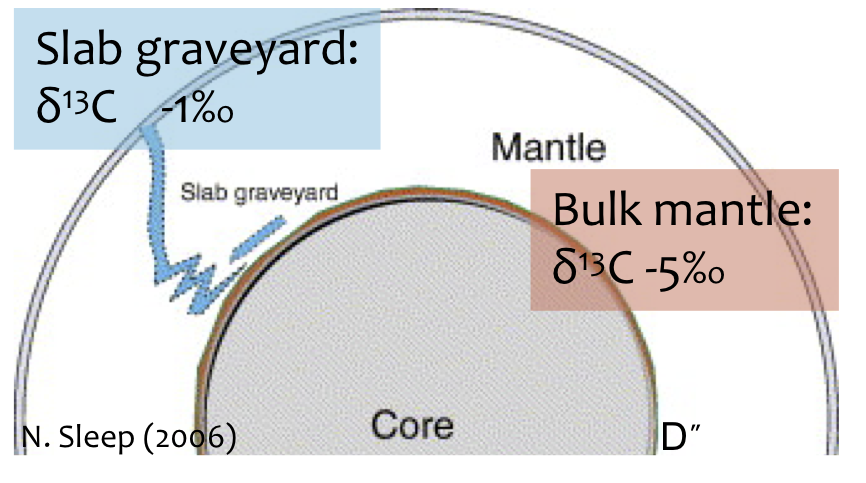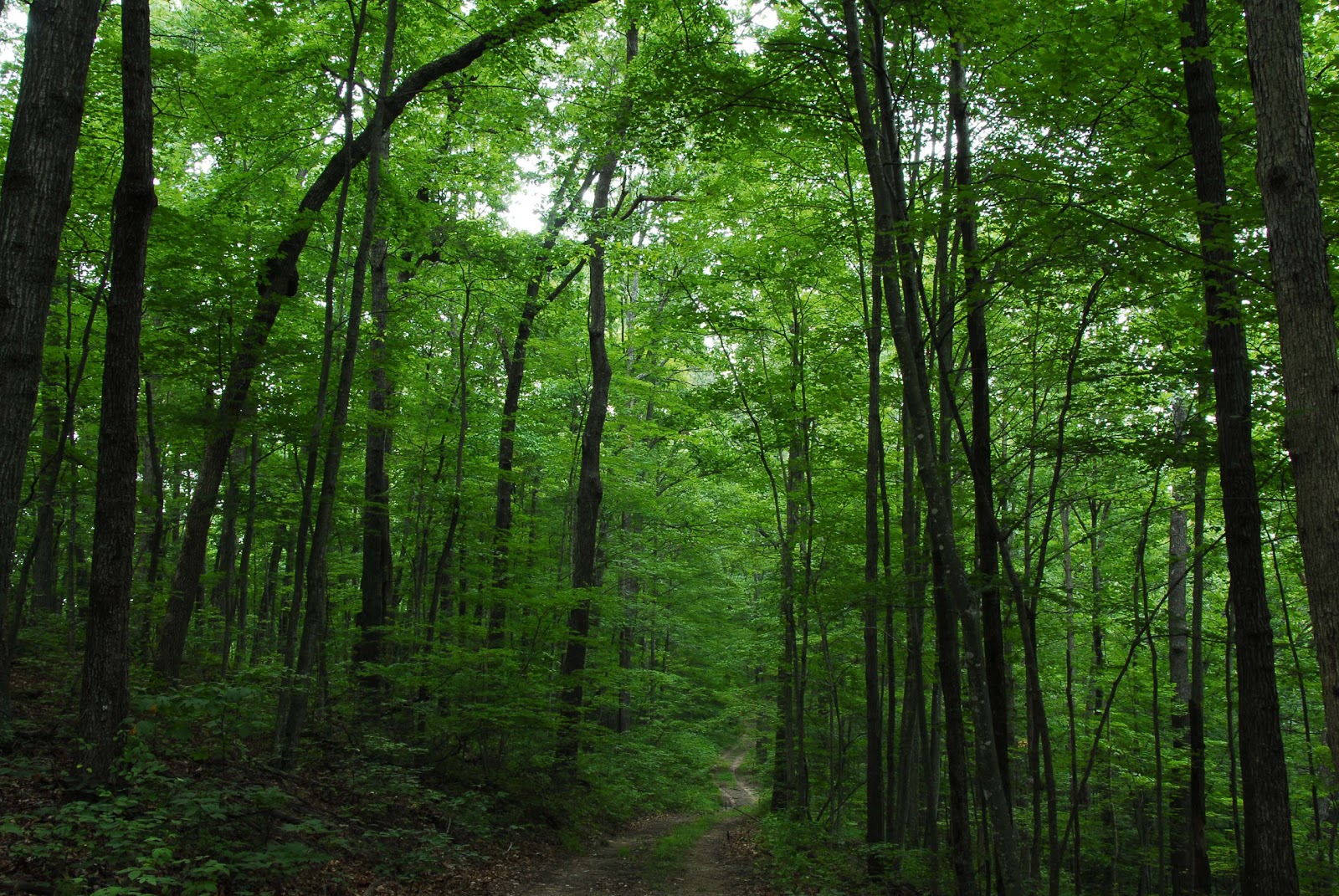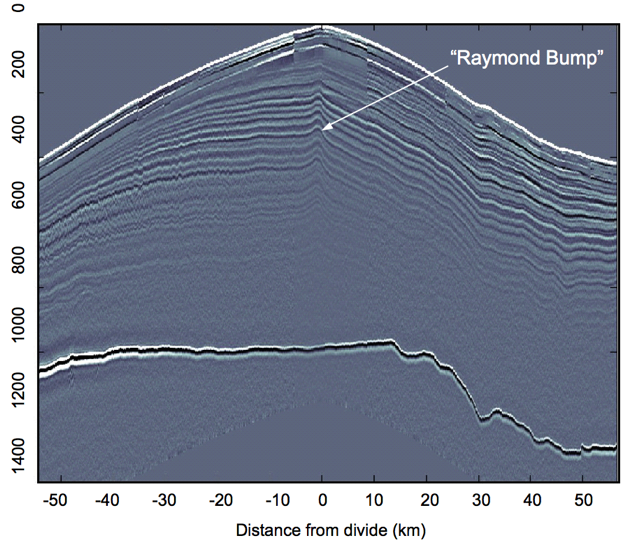“Meltwater On, In, & Under the Greenland Ice Sheet”
I was fortunate to be invited to give a public lecture at the Carnegie Science Institute in Washington, DC as part of their Carnegie Capital Science evening lecture series. It was a fantastic experience!
Each summer, a volume of water equivalent to 10 Chesapeake Bays melts off of the Greenland Ice Sheet. Much of this meltwater reaches the ocean, but its path is neither direct nor simple. On its way, the meltwater interacts with the glacier itself in ways that can affect ice flow and further sea-level rise. Dr. Poinar uses numeric models and remotesensing observations to understand the water-ice interactions that affect the glacier’s long-term behavior. She will discuss her analyses of water systems — including large meltwater lakes and rivers that form on top of the ice, aquifers within the ice, deep crevasses that move water from these systems through the glacier to its base, and the water flow networks that develop under the glacier — that change the flow speed and patterns of the ice on its slow, or sometimes not-so-slow, journey to the ocean. Ultimately, Dr. Poinar wants to discover: how much is the Greenland Ice Sheet likely to raise sea levels and how fast will it happen?
A top-notch video recording of the lecture is available at https://carnegiescience.edu/greenland.




